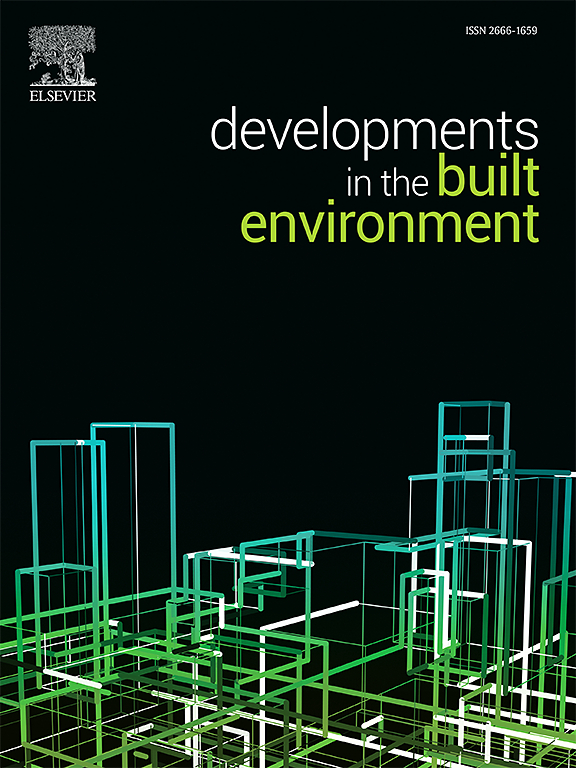基于加速度计数据和稀疏自编码器的桥梁异常检测与定位
IF 8.2
2区 工程技术
Q1 CONSTRUCTION & BUILDING TECHNOLOGY
引用次数: 0
摘要
本文的重点是使用动态监测和稀疏自编码器(SAE)网络来检测和定位结构异常/损伤。与文献中以前的贡献不同,本文通过同时使用在所有仪器点获得的响应来定义单个SAE。一旦使用在健康/正常状态下收集的响应进行训练,只要结构保持健康状态,SAE网络就有望准确地重建新数据;然而,如果结构发生变化,重建误差(测量实际信号和重建信号之间的差异)将增加,表明偏离正常情况。此外,当重构信号与损伤邻域相关时,重构误差的增加可想而知更为显著,从而实现了关键区域的局部化。所提出的方法的准确性和可靠性是用两座真实桥梁收集的数据举例说明。本文章由计算机程序翻译,如有差异,请以英文原文为准。
Detection and localization of anomalies in bridges using accelerometer data and sparse auto-encoders
The paper focuses on the use of dynamic monitoring and sparse Auto-Encoder (SAE) networks for the detection and the localization of structural anomalies/damages. Unlike previous contributions in the literature, a single SAE is herein defined by simultaneously using the responses acquired at all instrumented points. Once trained using responses collected under healthy/normal condition, the SAE network is expected to accurately reconstruct new data as long as the structure remains in healthy state; however, if structural changes occur, the reconstruction error – measured as the difference between the actual and reconstructed signals – will increase, indicating a deviation from the normal condition. Moreover, the increase in the reconstruction error is conceivably more significant when the reconstructed signal refers to the neighborhood of damage, so that localization of critical regions is attained as well.
The accuracy and reliability of the proposed methodology is exemplified using data collected on two real bridges.
求助全文
通过发布文献求助,成功后即可免费获取论文全文。
去求助
来源期刊

Developments in the Built Environment
Multiple-
CiteScore
7.40
自引率
1.20%
发文量
31
审稿时长
22 days
期刊介绍:
Developments in the Built Environment (DIBE) is a recently established peer-reviewed gold open access journal, ensuring that all accepted articles are permanently and freely accessible. Focused on civil engineering and the built environment, DIBE publishes original papers and short communications. Encompassing topics such as construction materials and building sustainability, the journal adopts a holistic approach with the aim of benefiting the community.
 求助内容:
求助内容: 应助结果提醒方式:
应助结果提醒方式:


